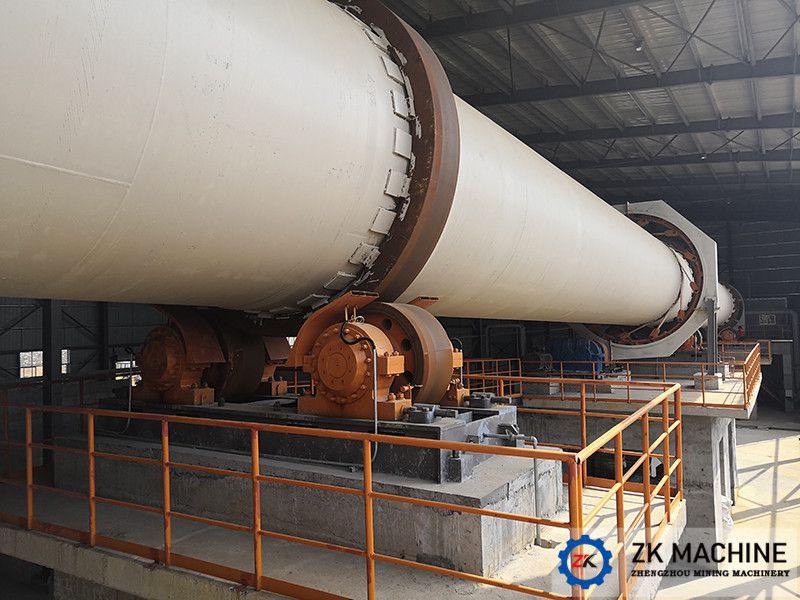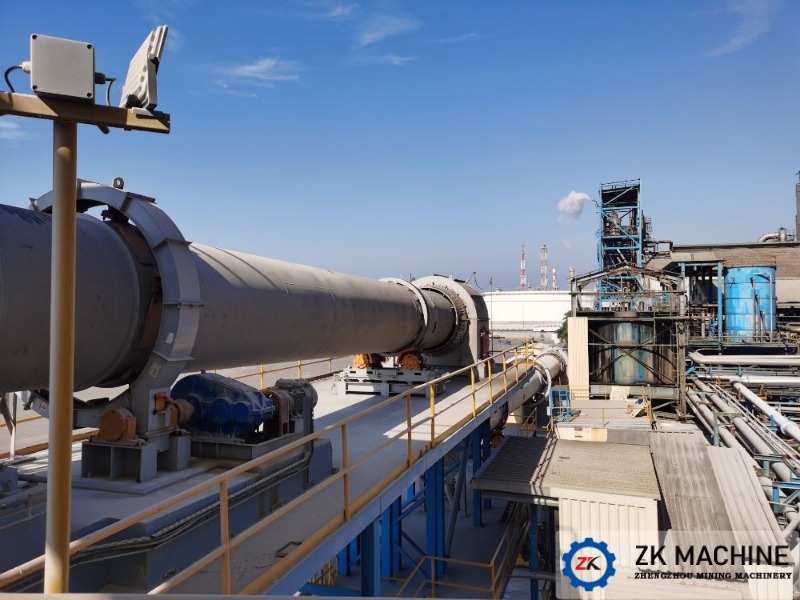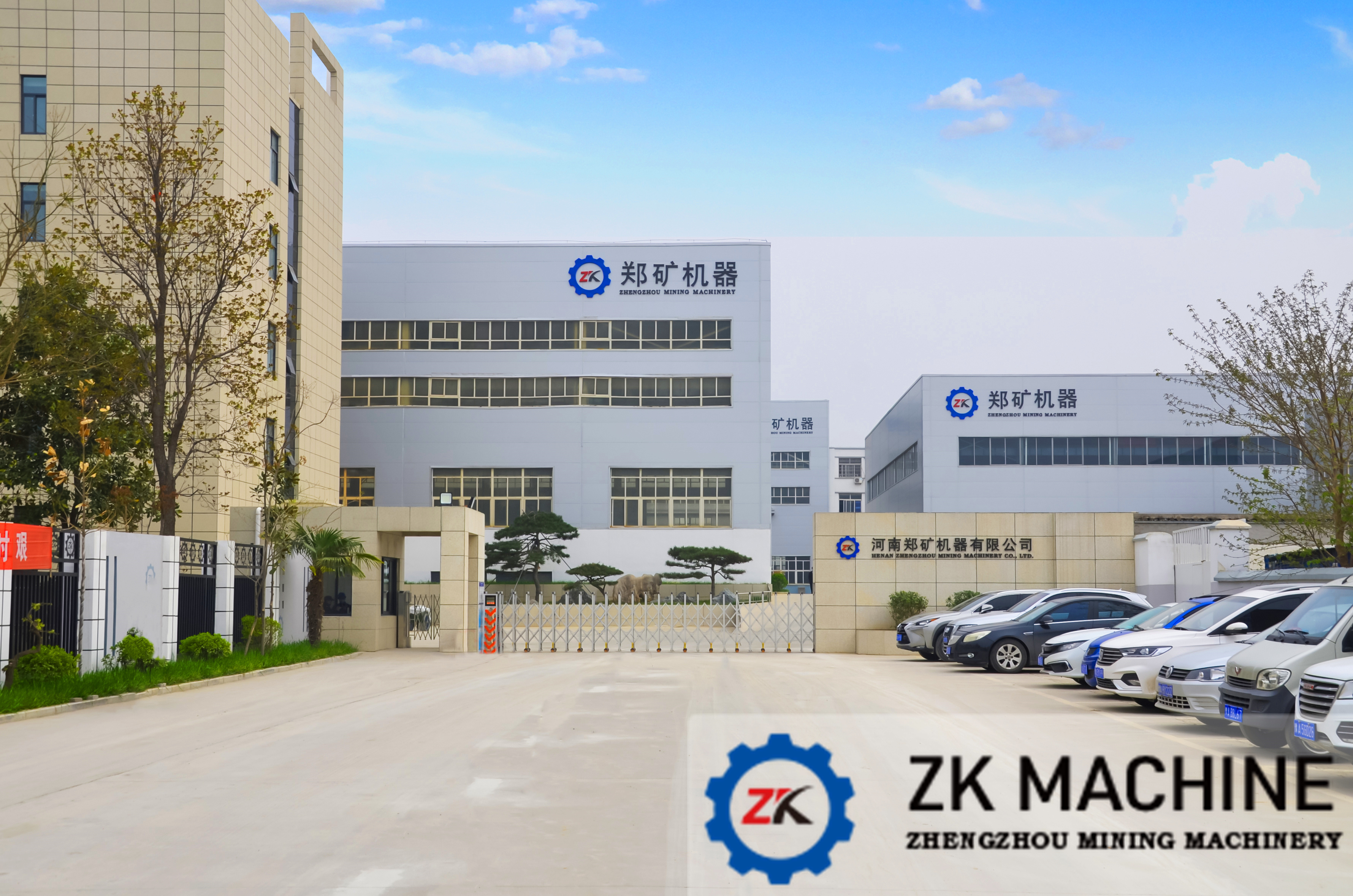Analysis on the Distribution of Barite Resources and Production Technology of Barium Carbonate in China
Publication date: 2024-11-22 15:47:34
article source: admin
viewed:140
Barite, whose main component is barium sulfate (BaSO4), is widely distributed in China, especially in Guizhou Province, Hunan Province, Guangxi Zhuang Autonomous Region, Gansu Province and Shaanxi Province. Among them, Guizhou Province has relatively rich reserves, accounting for about one-third of the total reserves in the country, especially Tianzhu County in Guizhou Province has extremely rich barite resources. Xinhuang County in Hunan Province is also a large county with barite resources in the province. In addition, the barite mine in Xiaba area of Wen County, Gansu Province is also quite large.
In terms of industrial applications, barite has a variety of uses. It can be used as a basic raw material for the manufacture of various barium compounds such as barium oxide, barium carbonate, barium chloride, barium nitrate and precipitated barium sulfate. In the paint industry, adding barite powder can enhance the thickness, strength and durability of the paint film; in the paper, rubber and plastic industries, it is often used as a filler to improve the hardness, wear resistance and anti-aging properties of the product.
 When processing barite from Tianzhu County, Guizhou, a φ3.2m x 60m rotary kiln was used for reduction roasting at high temperatures of 1100 to 1200 degrees Celsius. By adjusting different parameters such as the amount of coal thrown, the temperature distribution in the kiln (1050~1200℃ in the high temperature zone, 500~600℃ at the kiln tail, 750~850℃ at the kiln head), the rotary kiln speed (0.20~0.40 r/min) and the feed rate (15~20 t/h), and ensuring that the coal consumption per ton of ore is 191.64 kg, a product with a mass fraction of barium sulfide of 70.5% and a leaching rate of up to 91.3% can be obtained. This shows that it is feasible to use this method to process China's huge barite resources.
When processing barite from Tianzhu County, Guizhou, a φ3.2m x 60m rotary kiln was used for reduction roasting at high temperatures of 1100 to 1200 degrees Celsius. By adjusting different parameters such as the amount of coal thrown, the temperature distribution in the kiln (1050~1200℃ in the high temperature zone, 500~600℃ at the kiln tail, 750~850℃ at the kiln head), the rotary kiln speed (0.20~0.40 r/min) and the feed rate (15~20 t/h), and ensuring that the coal consumption per ton of ore is 191.64 kg, a product with a mass fraction of barium sulfide of 70.5% and a leaching rate of up to 91.3% can be obtained. This shows that it is feasible to use this method to process China's huge barite resources.
The conversion process from barite to barium carbonate involves multiple chemical reaction steps, mainly including the following four key links:
Reduction roasting: barite powder is mixed with an appropriate amount of coal powder and placed in a specific device for heating treatment at a temperature range of 1173 K to 1473 K. This step is intended to convert the insoluble barium sulfate into a more water-soluble form - barium sulfide (BaS) through the chemical reaction BaSO4+4C→BaS+4CO↑.
Water leaching: Subsequently, the above products are leached with water to further hydrolyze the generated barium sulfide into two soluble substances - barium hydrosulfide [Ba(HS)2] and barium hydroxide [Ba(OH)2]. The relevant chemical equation is as follows: 2BaS+2H2O→Ba(HS)2+Ba(OH)2.

Acidification: Carbon dioxide gas is introduced into the solution containing the above soluble barium compound to promote the acidification reaction to generate the target product - barium carbonate precipitation, accompanied by the generation of hydrogen sulfide gas. The specific change can be expressed as: Ba(HS)2+CO2+H2O→BaCO₃↓+2H2S.
Preparation of barium carbonate and other products: In the final stage, pure barium carbonate crystals are obtained through separation. They can not only be used directly in certain fields, but also continue to participate in other chemical reactions to produce more types of barium salts. For example, the process of reacting with hydrochloric acid to produce barium chloride while releasing carbon dioxide gas: BaCO₃+2HCl→BaCl2+CO2↑+H2O In addition, barium carbonate can also be used to produce barium oxide or barium peroxide by heating and decomposition.
The entire production process requires strict control of various conditions, including the quality of raw materials, reaction temperature and time, to ensure the final product.

Henan Zhengzhou Mining Machinery Co., Ltd. is a manufacturer of rotary kilns with strong process design capabilities. It can provide customers with a complete set of production line solutions, providing customers with one-stop services from project feasibility study, process flow design, equipment site layout, equipment manufacturing, equipment installation and commissioning, after-sales training and other aspects.

















